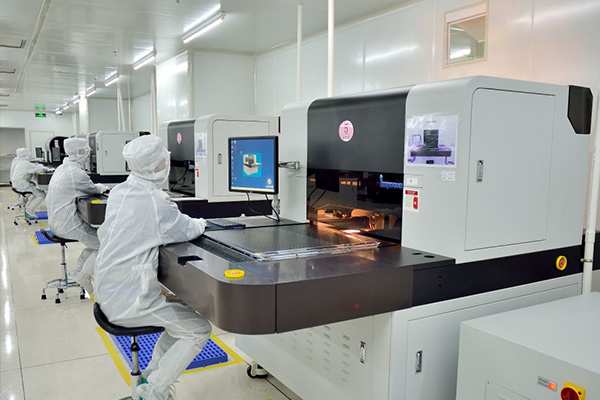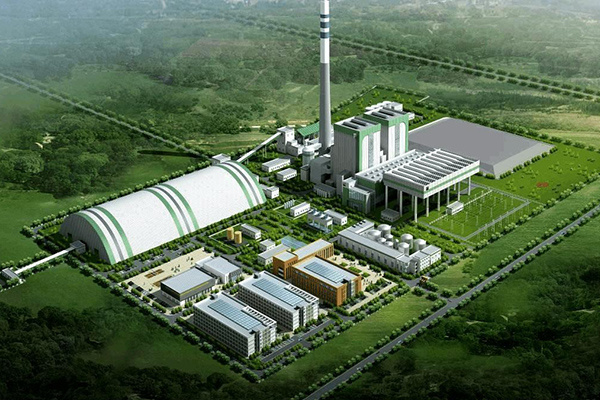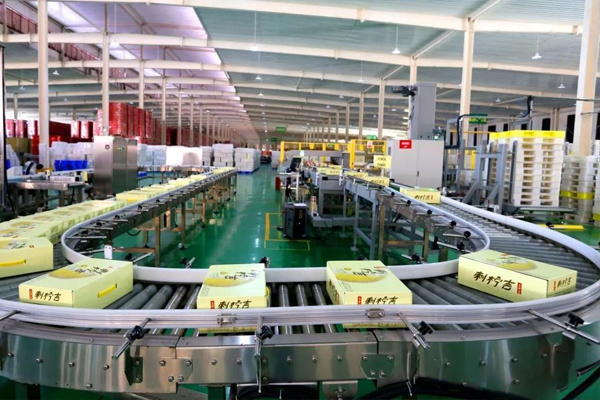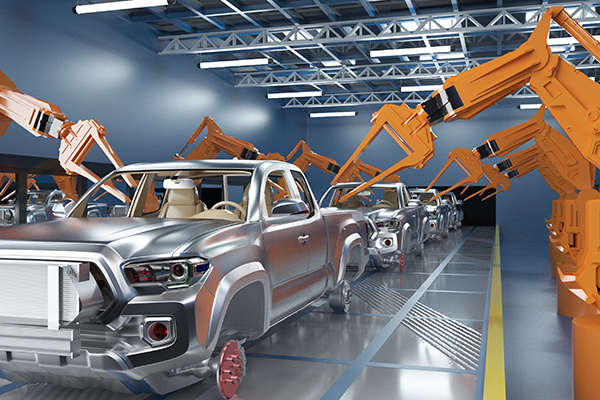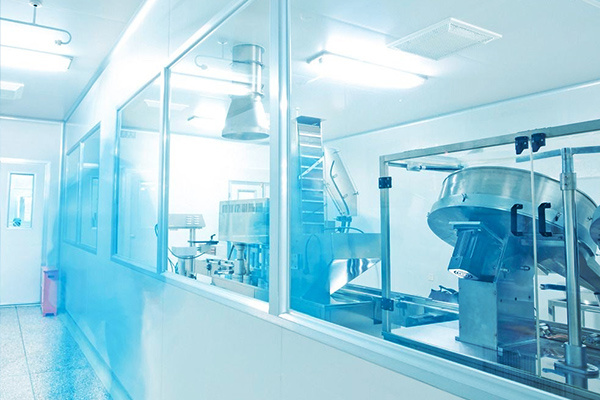Some knowledge points about adsorption dryers, told by an adsorption dryer accessories manufacturer
Adsorption dryer accessories Manufacturers believe that the electricity consumption of various compressors currently used in China accounts for nearly 10% of the country's total power generation. The adsorption dryers used with them are mainly composed of non-thermal regeneration and micro-thermal regeneration, and their regeneration energy consumption is as high as 15%~20%. Energy-saving dryers with blower heating and compression heating, which have been vigorously promoted in recent years, also have certain application limitations. They need to be improved and modified according to different regions and uses. In order to further pursue energy saving and emission reduction, some new technologies and processes have been developed and applied, such as zero emissions.
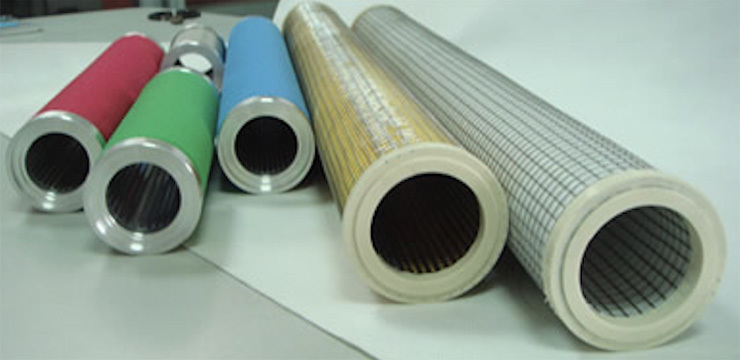
1. Non-thermal regeneration: The adsorption dryer accessories manufacturer believes that this method is also called self-heating regeneration. Advantages: simple structure, low manufacturing cost, convenient operation and maintenance. Disadvantages: Energy consumption is as high as 15~20% (regeneration gas 14%, switching displacement 2%, no-load adjustment loss 3~5%), and all are compressed air finished products. It is generally limited to small-capacity applications, such as single machines less than 10m3 per minute, and foreign countries should restrict the use of air compressor stations above 40m3.
2. Micro-thermal regeneration: Adsorption dryer accessories Manufacturers believe that this type has been divided into two levels in the market. The first type has basically the same external dimensions and adsorbent filling amount as the non-heating regeneration type, but with the addition of a small heater, the heating temperature is 70~90℃, and the adsorption cycle is slightly longer than that of non-heating regeneration (generally non-heating regeneration is about 5 minutes, this micro-heating is about 10~15 minutes). Therefore, it can also be simply called "short-process micro-heating". The regeneration gas volume of this type is still maintained at around 15%. The adsorption dryer accessories manufacturer believes that because it is necessary to increase the ash blowing time, further consuming the energy consumption of the regeneration gas and the heater, the total energy consumption of this type is generally about 10% higher than that of the non-thermal regeneration type. From the perspective of energy saving and consumption reduction, there is nothing to be commended, but high-pressure and cold-drying adsorption will be different due to different starting points. Another type of micro-thermal regeneration dryer, compared to "short-process, small micro-heat", is close to blower external heating in terms of overall size, loading capacity, adsorption cycle, and heating power. Theoretically, its energy consumption is half of the regeneration gas consumption without heat, and half of the regeneration electricity consumption with external heating. If the design and control are fully optimized, the total energy consumption may be about 10% lower than that of the non-heating regeneration dryer. Since micro-thermal regeneration still consumes a large amount of product gas, and the energy-saving and emission-reduction advantages of other heat recovery methods are more obvious, micro-thermal regeneration has been eliminated first abroad.
3. External heating: Adsorption dryer accessories Manufacturers believe that high-pressure fans (centrifugal or vortex) are mostly used to provide power, inhaling atmospheric heating regeneration, and using depressurized product gas for air blowing cooling. The energy consumption is about 50% lower than that of non-heating and micro-heating air compressors, and it can adapt to various types of air compressors. The regeneration energy can be adjusted according to the changes in the air compressor load, further achieving energy saving and emission reduction. Disadvantages: In a high-humidity environment, the relative humidity of the inhaled air can almost reach 100%. When the intake moisture content is too large, in order to achieve the required outlet dew point, the heating temperature is increased, which will lead to increased energy consumption of the electric heater, prolonged cooling time, and reduced valve service life.
Application Industry
Relevant Cases
Product Consultation
Dedicated to provide you with quality products and professional services, please keep the phone open, We will contact you as soon as possible, thank you for your support!






